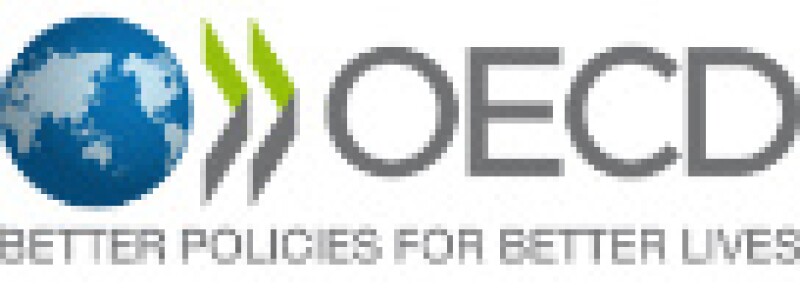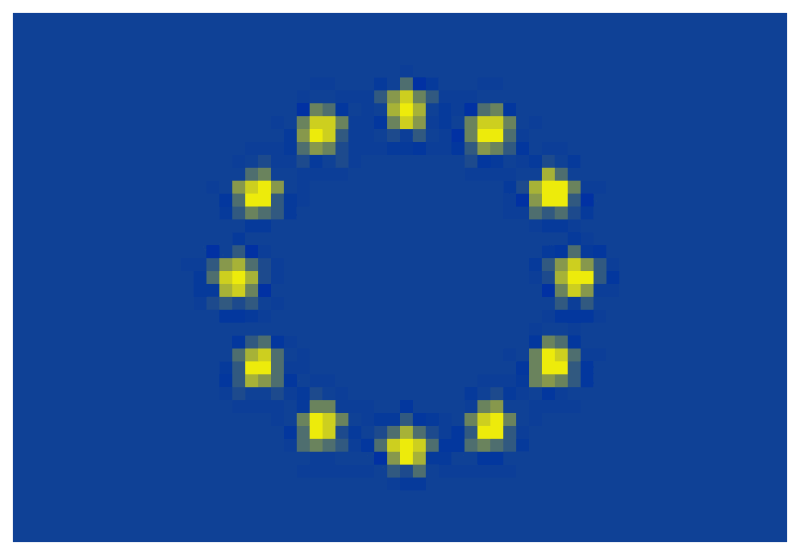Base erosion and profit shifting (BEPS) has two dimensions. BEPS can occur when multinationals make aggressive use of the tax planning opportunities opened up by a mischaracterisation of different vehicles and income sources and where tax treaties and transfer pricing are misused to shift profits into low tax jurisdictions. Secondly, BEPS can also occur when governments compete aggressively for the tax base especially when they design regimes which are targeted at highly mobile activities.
Aggressive tax competition, or what the OECD called in 1998 harmful tax competition, is referred to in Action 5 of the Action Plan endorsed by the Heads of State at the G20 St Petersburg Summit in September 2013. This states:
ACTION 5- Counter Harmful Tax Practices More Effectively, Taking Into Account Transparency and Substance. Revamp the work on harmful tax practices with a priority on improving transparency, including compulsory spontaneous exchange on rulings related to preferential regimes, and on requiring substantial activity for any preferential regime. It will take a holistic approach to evaluate preferential tax regimes in the BEPS context. It will engage with non-OECD members on the basis of the existing framework and consider revisions or additions to the existing framework. The language used here shows this action must have been subject to a difficult discussion. It refers to “revamp” rather than “strengthening or extend”; it is unclear what is meant by “holistic approach”; the emphasis seems to be on transparency and exchange of information rather than on asking whether the OECD needs to reconsider the way that it defines harmful tax practices.
It is useful to go back to the 1998 report to see how harmful tax competition was defined. Box 1 reproduces the main criteria.
KEY FACTORS IN IDENTIFYING AND ASSESSING HARMFUL PREFERENTIAL TAX REGIMES FOR THE PURPOSES OF THIS REPORT a) No or low effective tax rates A low or zero effective tax rate on the relevant income is a necessary starting point for an examination of whether a preferential tax regime is harmful. A zero or low effective tax rate may arise because the schedule rate itself is very low or because of the way in which a country defines the tax base to which the rate is applied. A harmful preferential tax regime will be characterised by a combination of a low or zero effective tax rate and one or more other factors set out in this box and, where relevant, in this section. b) “Ring fencing” of regimes Some preferential tax regimes are partly or fully insulated from the domestic markets of the country providing the regime. The fact that a country feels the need to protect its own economy from the regime by ring-fencing provides a strong indication that a regime has the potential to create harmful spill over effects. Ring-fencing may take a number of forms, including: - a regime may explicitly or implicitly exclude resident taxpayers from taking advantage of its benefits. - enterprises which benefit from the regime may be explicitly or implicitly prohibited from operating in the domestic market. c) Lack of transparency The lack of transparency in the operation of a regime will make it harder for the home country to take defensive measures. Non-transparency may arise from the way in which a regime is designed and administered. Non-transparency is a broad concept that includes, among others, favourable application of laws and regulations, negotiable tax provisions, and a failure to make widely available administrative practices. d) Lack of effective exchange of information The lack of effective exchange of information in relation to taxpayers benefiting from the operation of a preferential tax regime is a strong indication that a country is engaging in harmful tax competition. |

The no or low effective tax rate is the entry requirement and is not in itself a sign that the regime is harmful. Transparency and exchange of information are ways to address the potential harm to a treaty partner’s tax base since they help the home country to take defensive measures. The key criteria, however, is the ring fencing, but this is narrowly defined as discrimination against resident taxpayers by excluding them from preferential regimes. The idea was that this would make it more costly in terms of revenue lost for governments to introduce preferential regimes since they would have to apply both to resident and non-resident taxpayers. At the time when the report was drawn up there were a number of such regimes in the OECD area and in particular the Irish 10% regime that applied to only non-resident corporations.
The underlining premise of the 1998 report was that to get the full benefits of tax competition required setting out an agreed set of international rules on what is fair and what is unfair. The analogy was made with free trade, where governments accept that getting the full benefits of free trade required guidelines on what was acceptable and what was unacceptable in the way in which countries compete.
Within the constraints of its mandate the 1998 initiative was successful. More than 60 regimes were reviewed and those regimes that were found to be harmful were either eliminated or redesigned. Nevertheless, for the last two years, the project was effectively put on hold since some countries claimed that the Harmful Tax Forum had achieved its objectives and therefore could be terminated and others that more work remains to be done.

The parallel EU Code of Conduct exercise was launched at roughly the same time and addressed similar issues, but in the context of a single European market. The criteria used by the EU to identify harmful regimes put a much greater emphasis on the relative rate of tax that applied within a preferential regime and on whether an activity had substance. Again, the code of conduct group was successful in that almost all of the regimes that it identified as harmful were dealt with.
Today, the key question is whether the BEPS initiative will help the OECD and EU to reinvigorate this work?
Over the last three to five years we have seen countries designing many preferential regimes that conform to the letter of the OECD and EU codes but not with the spirit. In particular we have seen an increasing number of regimes put in place to attract R&D and intangibles, the latest example being the patent boxes which are now being increasingly used by European countries. Both the OECD and EU are examining the UK Patent Box to see whether it could be classified as potentially harmful. Ecofin will take a decision on this before the end of 2013.
Why are patent boxes important? Because of the revenue potential. For large multinationals their wealth lies not in the physical products they produce; it is the knowledge that lies behind these products that generate their wealth and therefore the tax base. As an increasing part of the corporate tax base becomes more mobile, countries will be more tempted to offer no or low tax regimes to attract these activities to their jurisdiction. The concern here is not just about shifting the tax base since such regimes also distort the location of activities, with decisions being driven not by real underlying economic factors but by tax.
So what should the G20/OECD BEPS project do to address harmful tax practices?
There should be an endorsement of the approach set out in the 1998 report by non-OECD G20 countries, which would encourage other countries outside this bloc to follow their example;
There should be a commitment to review the criteria and, in particular, whether the ring-fencing criteria needs to be extended to cover regimes such as an intellectual property box (it is very unlikely that under the criteria the UK regime would be classed as harmful); and
A more robust monitoring system needs to be put in place, which could parallel the peer review process created by the Global Forum on Tax Transparency and Exchange of Information.
As regards the scope of the definition of harmful regimes, it may be helpful to look again at what the 1998 report referred to as other factors in identifying such regimes. These included:
the artificial definition of the tax base itself;
failure to adhere to international standards, especially on transfer pricing;
the use of a territorial regime with weak anti-abuse provisions;
negotiable tax rates and bases;
a wide network of tax treaties without strong anti-abuse provisions; and
regimes which are widely advertised as tax minimisation vehicles which are purely tax driven without any substance.
It is striking how similar these factors are to the issues identified in the BEPS report.
To counter aggressive tax competition will require strong leadership and a willingness on the part of countries to put the common good above maintaining a narrowly defined concept of fiscal sovereignty. Governments will only be successful in countering base erosion and profit shifting if they address both aggressive tax planning and aggressive tax competition.
Professor Jeffrey Owens, WU Global Tax Policy Center at the Institute for Austrian and International Tax Law, WU (Vienna University of Economics and Business)










